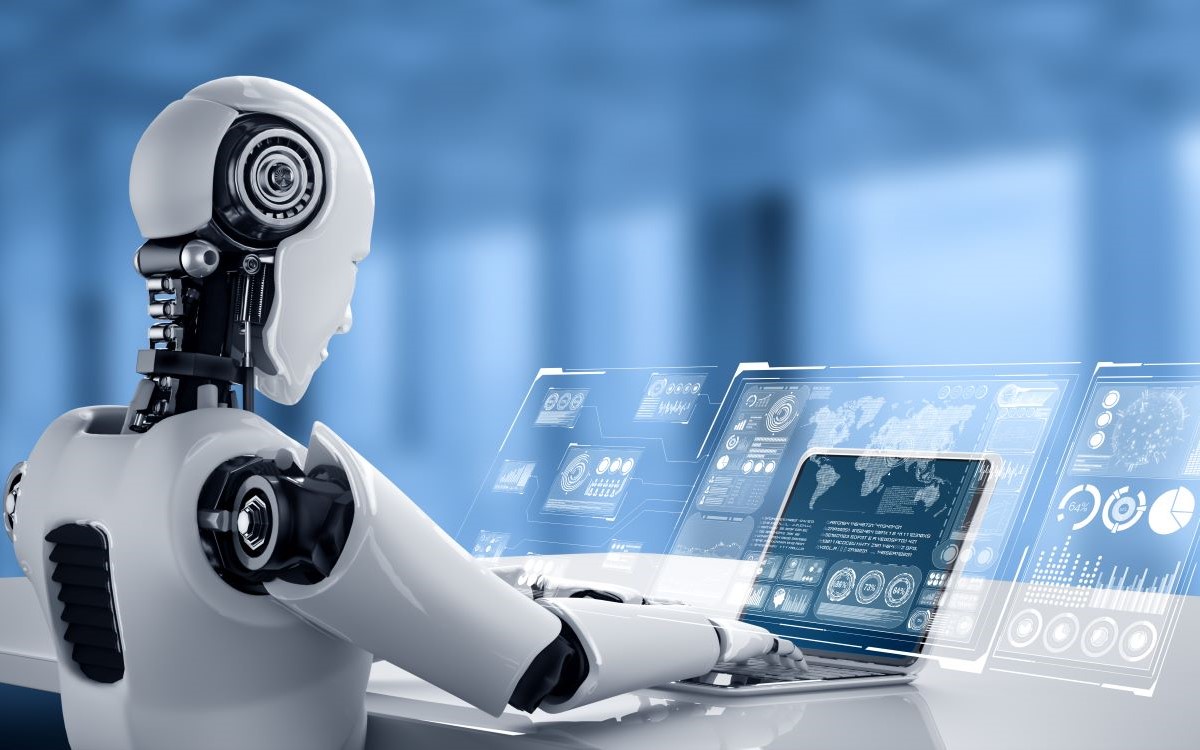
(Continued from Part 1.)
Design the Trusted Future by Data × AI (hereafter referred to as Data x AI) was developed to help companies and organizations realize Digital Transformation (DX). Data x AI has now begun to produce significant results in a wide variety of projects. This article introduces customers that have solved various issues and accelerated their businesses with Data x AI.
How Japan Post optimized truck transport to minimize costs and manpower
For Japan Post, workforce shortages and cost reductions were impacting the delivery and pick-up of mail, packages, and products.
Fujitsu and A*Quantum have worked together with the aim of optimizing mail transport for the Shin-Iwatsuki Post Office in the Japanese Prefecture of Saitama. The goals identified included optimization of truck types, items loaded on trucks, and transport routes to minimize transport costs for the 22 local post offices that rely on the central Shin-Iwatsuki Post Office as their hub.
Fujitsu and A*Quantum employed Fujitsu Digital Annealer – a new digital technology inspired by quantum phenomena that is designed to solve combinatorial optimization problems at high speed. The two parties successfully streamlined the number of required trips and transport times. Implementing Digital Annealer resulted in new optimized routes that circulate trucks among multiple post offices, improving the loading rate and increasing the efficiency of the transport fleet. Ultimately, the number of trucks dispatched decreased from 52 to 48.

How medical services use Topological Data Analysis to identify specific types of heart arrhythmia
Deep learning is believed to have high accuracy for image and voice recognition, but to be poor for handling chronological data, which is a problem for medical services diagnosing heart arrhythmia. Topological Data Analysis (TDA), an analysis method realized through joint research by Fujitsu and Inria (the French National Research Institute), solves this issue. TDA technology facilitates identification of data waveform characteristics. Using TDA for preliminary data processing enables efficient deep learning of chronological data.
TDA has been used for electrocardiogram analysis for more than 200 patients. The subsequent improved deep learning has successfully resulted in the high-speed detection of various types of arrhythmia. Inaccurate recognition was reduced by 70%, increasing the rate of early detection.
How Shimadzu Corporation uses AI-driven automation in mass spectrometry peak-picking
Liquid chromatograph mass spectrometers or gas chromatograph mass spectrometers are used to analyze molecular components in various food, medicine, chemical and biological samples. Measurement data is obtained as a chromatogram that contains many peaks for various substances. Component analysis requires a process called peak-picking in which the presence and quantity of molecules are determined from the chromatogram. Accurate peak-picking often requires the experience and know-how of seasoned professionals. To increase peak-picking efficiency and maintain high levels of accuracy, Fujitsu has developed and deployed a deep learning algorithm.
How the Maritime and Port Authority of Singapore used AI to predict vessel collision
Maritime traffic control centers monitor vessel courses through the most congested shipping channels in the world. This monitoring ensures safe navigation by providing alerts to vessels when they get too close to one another. As ship-board tasks and communication among vessels and control centers becomes more complex, higher-level traffic analysis, detection and prediction of vessel movements play an important role in reducing collision risks.
In April 2018, the Maritime and Port Authority of Singapore (MPA) and Fujitsu began demonstration trials to analyze maritime traffic in the Singapore Strait. One year later, they examined the effectiveness of vessel collision risk prediction technology that uses AI to predict near-misses between vessels.
This AI technology is based on Fujitsu AI Zinrai. It can detect vessel collision risks and predict dynamic risk hotspots where collision risks are concentrated. The Singapore Strait trials found that by applying AI Zinrai technology to the Vessel Traffic Services (VTS) used in maritime traffic control contributed to risk avoidance and enhanced navigation safety.
In future trials, Fujitsu will collect real-time data with the aim to launch maritime traffic control services as well as ship-board services for vessels in operation within 2020.










